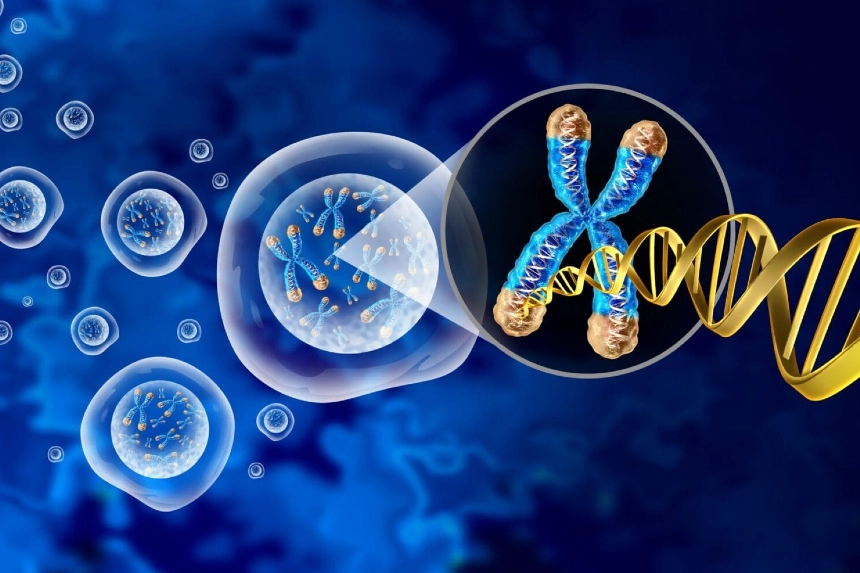The ambitious project to map genetic combinations of 10,000 individuals from 83 different population groups has been completed for the first phase. GIP was conceptualised in 2020 by Professor Vijaya Lakshmi Ravindranath, founding director of the Centre for Brain Research, Bengaluru. This is a major milestone in the field of health and research for the country, with the data from the findings ready to be used. The feat was achieved by the collaboration of 20 academic and research institutions and more than 100 scientists and has been published in the journal Nature Genetics.
It is India’s version of the Human Genome Project that has done DNA sequencing at a world level, but the issue with it was the absence of enough sequences from India, which lacked to provide substantial information for the country.
The data will further be expanded to include more people, but as of now, the original findings are of immense value for India’s medicine and health sector. This can help us create personalised medicines and diagnoses. Along with understanding the migration patterns of Indians throughout history and their subsequent adaptation to a new place and environment.
Getting the entire genome sequence will help scientists understand the minute differences in population, which is otherwise difficult to detect as our 99.9 per cent DNA structure is the same; this method will help to find the variation based on the 0.1 per cent structural change. The database has been created from the germline sequence obtained from white blood cells, which are known to better preserve the original structures during the process of evolution and cell division.
This is a breakthrough as it can potentially help scientists understand an individual’s vulnerability to a particular disease due to genetic sequence, and hence provide targeted treatment. Sometimes, a population of a particular area might have the same genetic sequence, making them vulnerable to a disease, and through GIP, this can be detected to solve rare diseases like Neglected Tropical Diseases found in India.
The germline sequence, the basis of GIP, is inherited from ancestors and can also help to solve historical mysteries of origins and migration patterns of Indians. The more widespread and older sequences and the newer additions can be distinguished to understand the exact migration patterns followed by humans, the origins and ancestry of different linguistic groups and how we socialised and interacted with different groups. This helps deepen the history of the country where diversity abounds.








